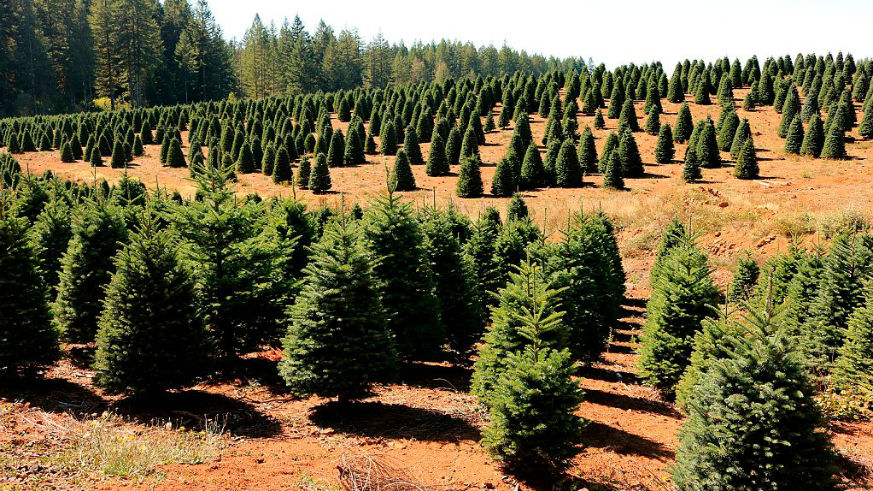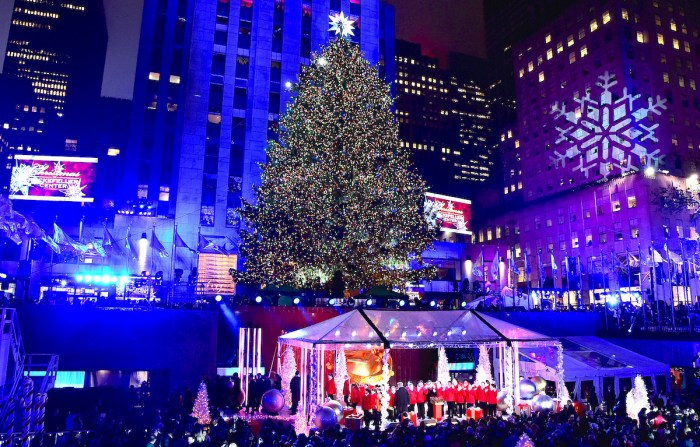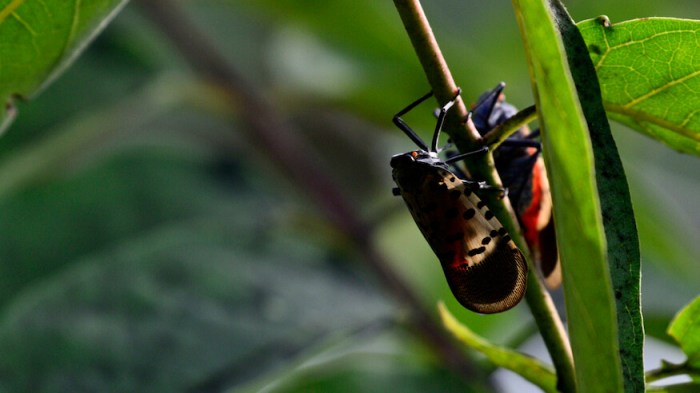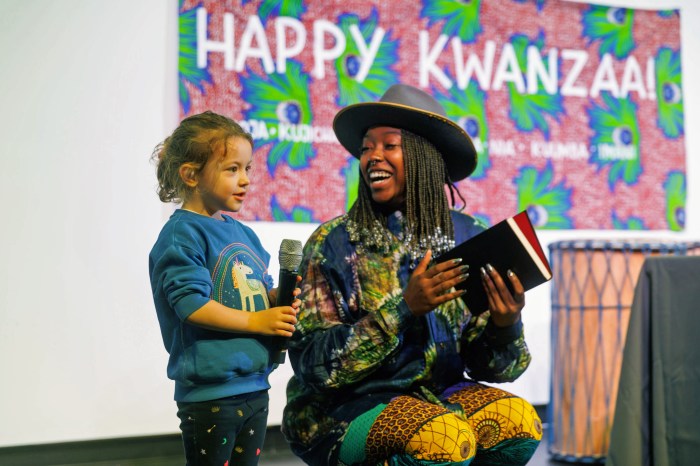They’re calling it “The Great Christmas Tree Shortage of 2017.” It sounds scary, but truth be told, it may or may not affect you this year. (For those of you who opt out for artifical trees and burn pine-scented candles to make up for the lack of live shrubbery: potential crisis averted.)
According to the National Christmas Tree Association (NCTA), approximately 25 to 30 million of these holiday staples are sold in the U.S. annually. However, the national Christmas tree shortage may lead to a rise in prices between 10 to 15 percent. It is reportedly linked to the Great Recession our country faced nearly a decade ago, which caused farmers to limit their crops in order to save money.
NCTA spokesperson Doug Hundley told News12 that “in those years, we were in a recession and tree sales were down, prices were down, and we weren’t planting as many trees.” Given that they take about 10 years to grow to their Christmas-ready state of 7 to 8 feet, we’re only now getting hit with the aftermath of smaller supply.
Hundley clarified to Metro that though the impact in any given area is hard to predict, states that have fewer Christmas Tree farms and have to import their trees are more vulnerable to a shortage. This includes, he cites as an example, Florida and excludes states like New York that have a surplus of farms. (Cue the sighs of relief.)
For people who may face this rise in retail prices, Hundley assures Metro that the difference is miniscule. “It’s like a 40-dollar tree going up to a 45-dollar tree,” he says. In any case, he encourages the public to purchase their trees earlier in the season for the best selections — but most of you already knew that.
As it usually goes, farms lower prices right before December 25 to get rid of their remaining spruce and firs, so going later next month would ultimately avoid the possiblilty of extra costs. (You know, just to be safe.)
Hundley could not stress enough the importance of buying the real thing to not only keep the value of tradition alive, but also support the local farmers and our economy. “One-hundred percent of real Christmas trees bought in North America are grown in North America,” he adds.
In the face of The Great Christmas Tree Shortage — which isn’t really so “great” after all — Hundley ultimately says the NCTA doesn’t think any state will go tree-less. “In fact,” he says, “we aren’t afraid at all.”























